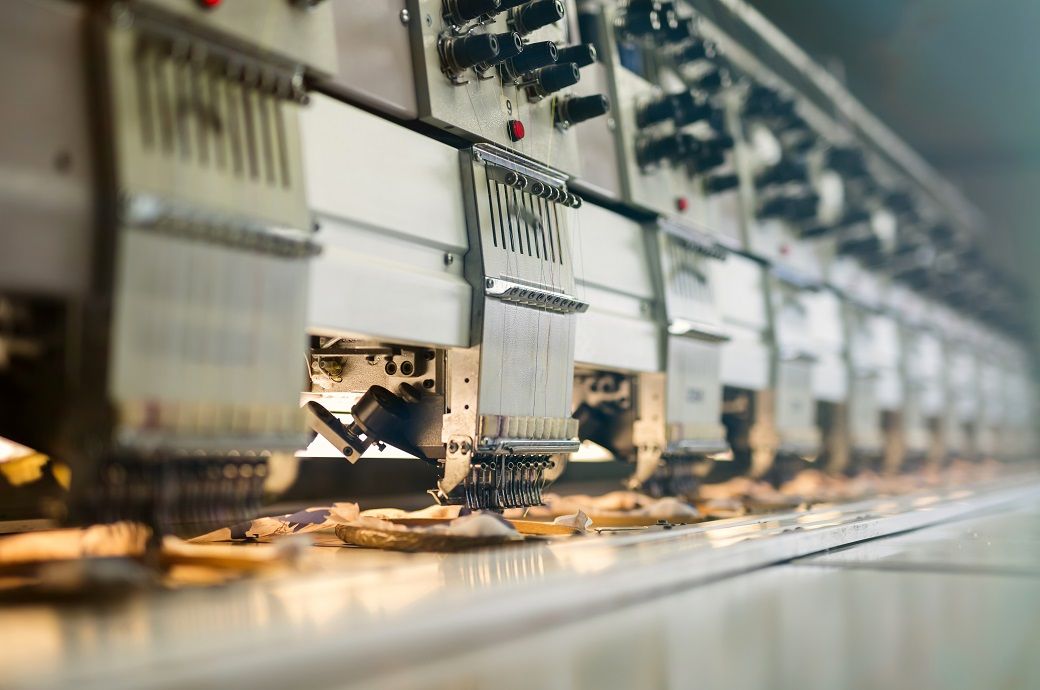
The meeting in Milan was also an occasion for strengthening links with textile machine manufacturers gathered at ITMA 2023, the world’s largest textile machinery trade fair, EURATEX said in a press release.
Hosted by Sistema Moda Italia (SMI), EURATEX meetings addressed the crucial issue of how to develop new competitive business models for the future, following the Industry 5.0 concept. In 2021, the European Commission launched ‘Industry 5.0’, which puts the wellbeing of the worker at the centre of the production process and the use of new technologies to provide prosperity beyond jobs and growth, while respecting the production limits of the planet.
The keynote speakers, Yamamay chairman Francesco Pinto and Salesforce’s director of retail industry solutions and strategy Claudio Cavacini, presented how the digital transformation is affecting companies in the retail industry and how they should adapt to maintain their competitive edge. A panel session of textile machinery manufacturers debated how their companies can help deliver this transformation through state-of-the-art machineries. They all agreed that it requires joint efforts by all actors and stakeholders along the textile value chain and public support to make the necessary investments. According to ITMA president Enzo Maurer, ITMA 2023 in Milan will showcase excellence in innovation and new available technologies to take a leap forward in sustainability.
“We are particularly honoured to host this event organised by EURATEX, the association which is the voice of the European textile industry and its demands, especially those concerning the circular economy. SMI wants to play its part and there are priorities, from legislation on extended producer responsibility (EPR) in Italy to eco-design, where textiles and clothing will act as a testing ground. SMI’s goal will be to continue to encourage the debate on circularity, promoting it in all institutional settings and aiming to a growing sustainable supply chain,” said Sergio Tamborini.
“Today’s discussions showed that we are ready to take up new challenges. Nevertheless, this transition towards a Textiles 5.0 can only happen with the support of all actors, from policymakers to retailers. Today’s meeting was also the occasion to review the European Union’s (EU) transition pathway for the textile ecosystem, published yesterday by the European Commission. The pathway is the perfect example of a co-creation process between the European institutions and the stakeholders. We hope that other EU initiatives or legislative proposals will follow the same co-creative process,” said Alberto Paccanelli, EURATEX president.
Fibre2Fashion News Desk (NB)